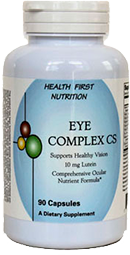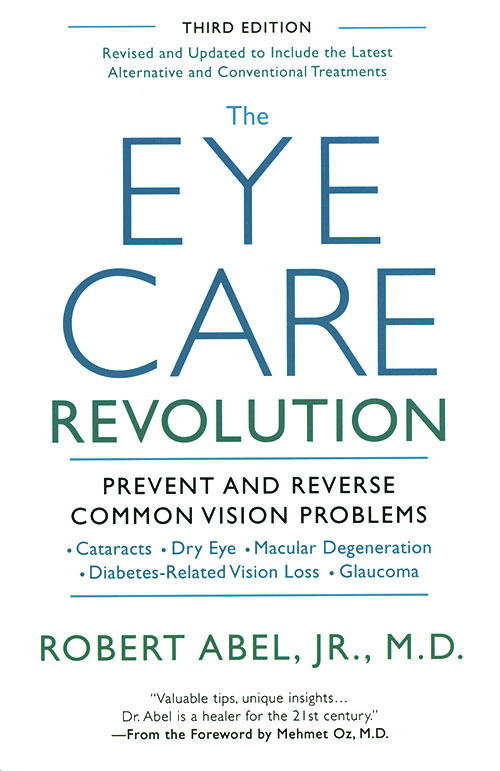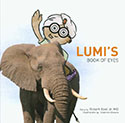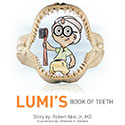Oxidation, Aging and Gene Therapy
 A recent article in the Economist magazine reported on gene therapy in an experiment on aging in mice. There is a certain gene that prevents a cell from multiplying a fixed number of times (authors presume 60) and then kills the cell. These are called Hayflick-limited cells and when they die they release toxic oxidation products, which affect their neighboring cells. Well, Baker and colleagues at the Mayo Clinic administered a gene that would counteract cell death and thus allowing nearby tissues to remain healthy longer.
A recent article in the Economist magazine reported on gene therapy in an experiment on aging in mice. There is a certain gene that prevents a cell from multiplying a fixed number of times (authors presume 60) and then kills the cell. These are called Hayflick-limited cells and when they die they release toxic oxidation products, which affect their neighboring cells. Well, Baker and colleagues at the Mayo Clinic administered a gene that would counteract cell death and thus allowing nearby tissues to remain healthy longer.
This worked in keeping fat, muscle and the lens of the eye healthy. Otherwise this breed of mice would usually develop cataracts, which the gene therapy prevented. If the gene was administered later in life, the muscle and fat wasting partially reversed but the cataracts continued to progress. Interestingly enough the cardiovascular system doesn’t have these Hayflick cells and aged normally in the mice.
Dr Baker’s study has demonstrated that aged cells affect their neighbors in many tissues of the body. Oxidation can be countered in part through healthy lifestyle choices, including diet, exercise and attitude. Certain vitamins are important, especially Vitamin D3 as discussed in the Tip Of the Month (Dec ’11). It will be a long time before we are genetically engineered to prevent aging, although it will soon become commonplace to use genes in the treatment of selective illnesses. Regardless, this information gives us further insight into aging but we will still have to wear sunglasses and rely on our diet and supplementation to prevent cataracts. Click the photo for the link to the Economist article. Here is the link for Dr. Baker’s study in Nature.







